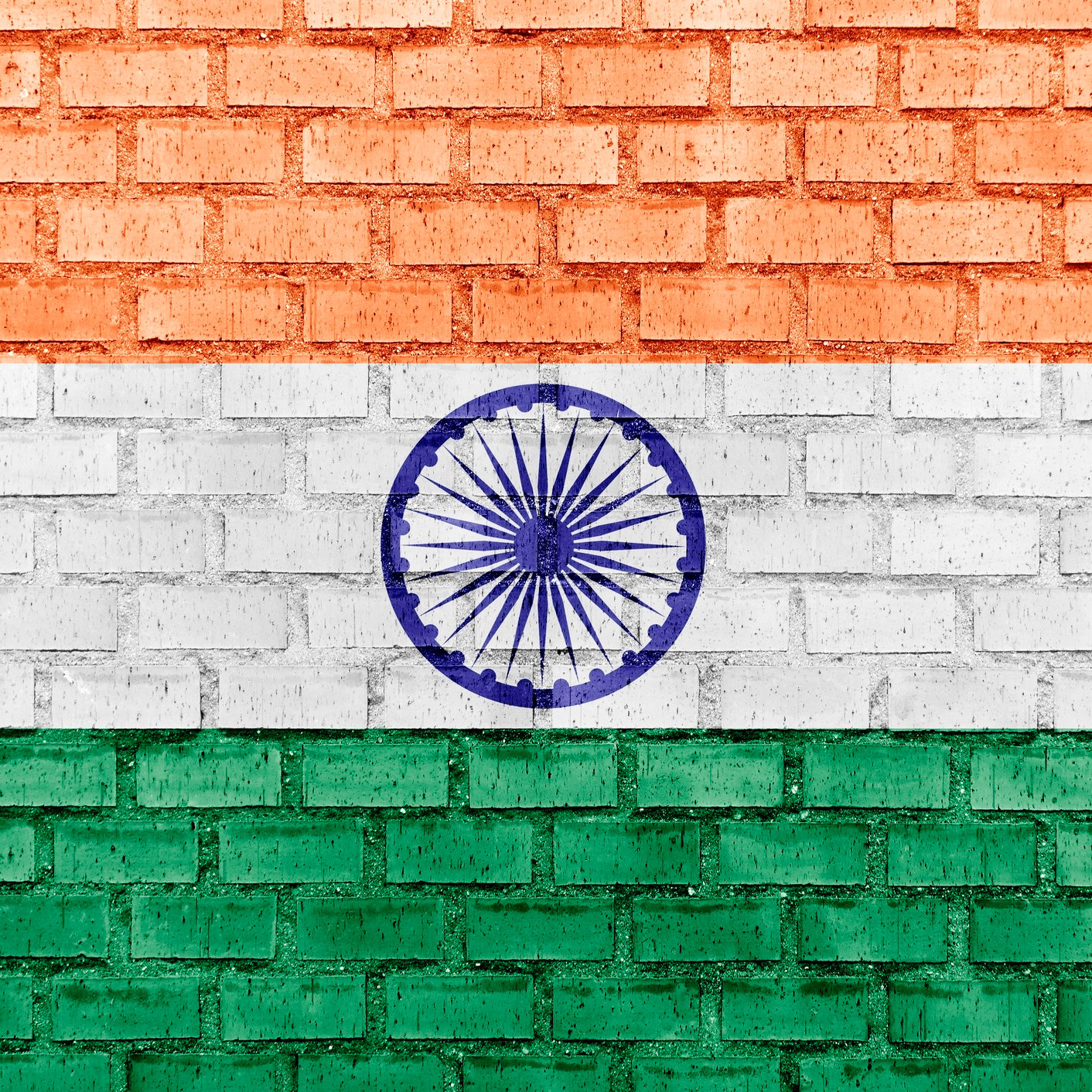Technology
India Lags in Digital Technology Adoption

Published:
Last Updated:

A nation’s ability to take advantage of information and communications technology in order to increase its competitiveness and well-being depends on its readiness quickly to implement and adopt new technologies as they appear. The World Economic Forum has just released its 2016 Global Information Technology Report including a networked readiness index (NRI) for 139 countries.
The index score is based on four subindex scores:
As we might expect, developed countries dominate the top of the list: OECD member nations account for 23 of the top 25 NRI scores. Sub-Saharan Africa dominates the bottom of the list. In between reside the world’s two largest developing nations: China at 59th and India at 91st.
China improved its ranking by three notches between 2015 and 2016, while India fell by two notches. The report offers some details regarding the challenges India faces in taking better advantage of new information and communications technologies:
Despite of improvements in its political and regulatory environment (78th, up four) and in its business and innovation environment (110th, up five), India slips down two positions to an overall rank of 91. Although India’s absolute score has changed only marginally in recent years, the drop can be attributed in part to the fact that other countries are moving ahead at higher speeds. In addition, lack of infrastructure (114th) and low levels of skills among the population (101st) remain the key bottlenecks to widespread ICT [information and communications technology] adoption, especially in terms of individual usage (120th). A third of the Indian population is still illiterate (95th) and a similar share of youth is not enrolled in secondary education (103rd). Only 15 out of 100 households have access to the Internet and mobile broadband remains a privilege of the few, with only 5.5 subscriptions for every 100 people. This is in spite of the fact that affordability has long been one of the strengths of the Indian ICT ecosystem, with the country ranking 8th this year in this area. A deep divide persists between well-connected metropolitan hubs and remote rural areas, where even the most basic infrastructure is insufficient. In 2015 the government launched the Digital India program, which aims to close this gap by fostering investment in digital infrastructure, improving digital literacy, and increasingly providing online services to citizens. India’s performance in terms of providing online services and allowing e-participation has so far been in line with that of peer countries, but far from the global best (57th and 40th, respectively).
Late last year, IDC projected that India would end 2015 with just 5.8 million LTE subscribers, but that number would more than double to 14 million by the end of 2016. India’s population of 1.25 billion in 2013 was second only to China’s 1.36 billion. China already has more than 500 million LTE subscribers.
Want retirement to come a few years earlier than you’d planned? Orare you ready to retire now, but want an extra set of eyes on your finances?
Now you can speak with up to 3 financial experts in your area for FREE. By simply clicking here you can begin to match with financial professionals who can help you build your plan to retire early. And the best part? The first conversation with them is free.
Click here to match with up to 3 financial pros who would be excited to help you make financial decisions.
Thank you for reading! Have some feedback for us?
Contact the 24/7 Wall St. editorial team.